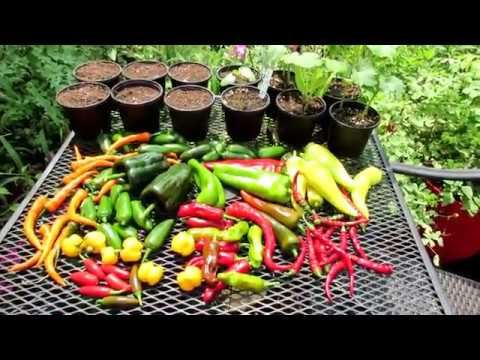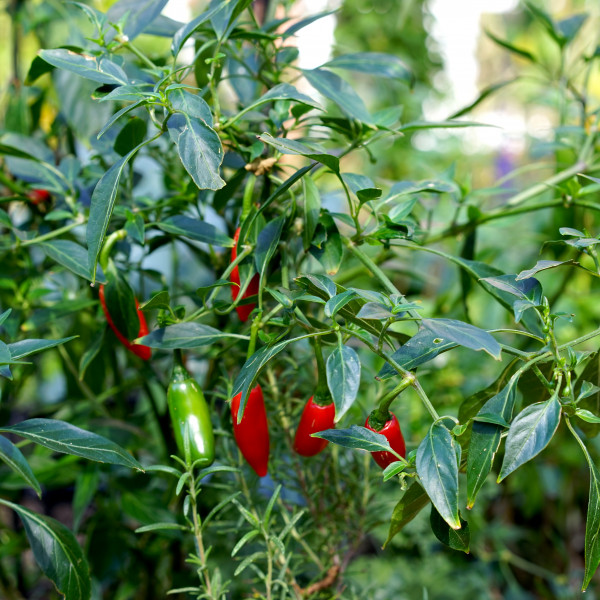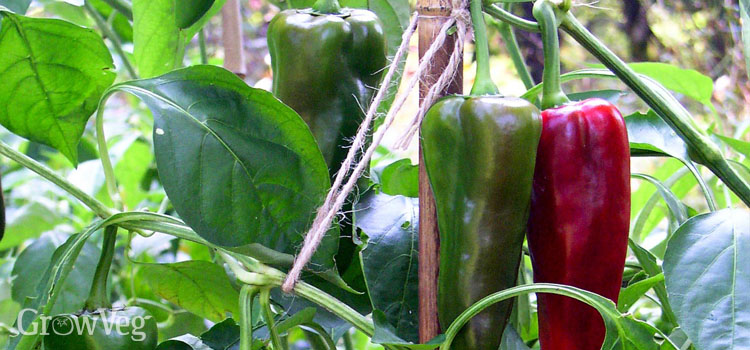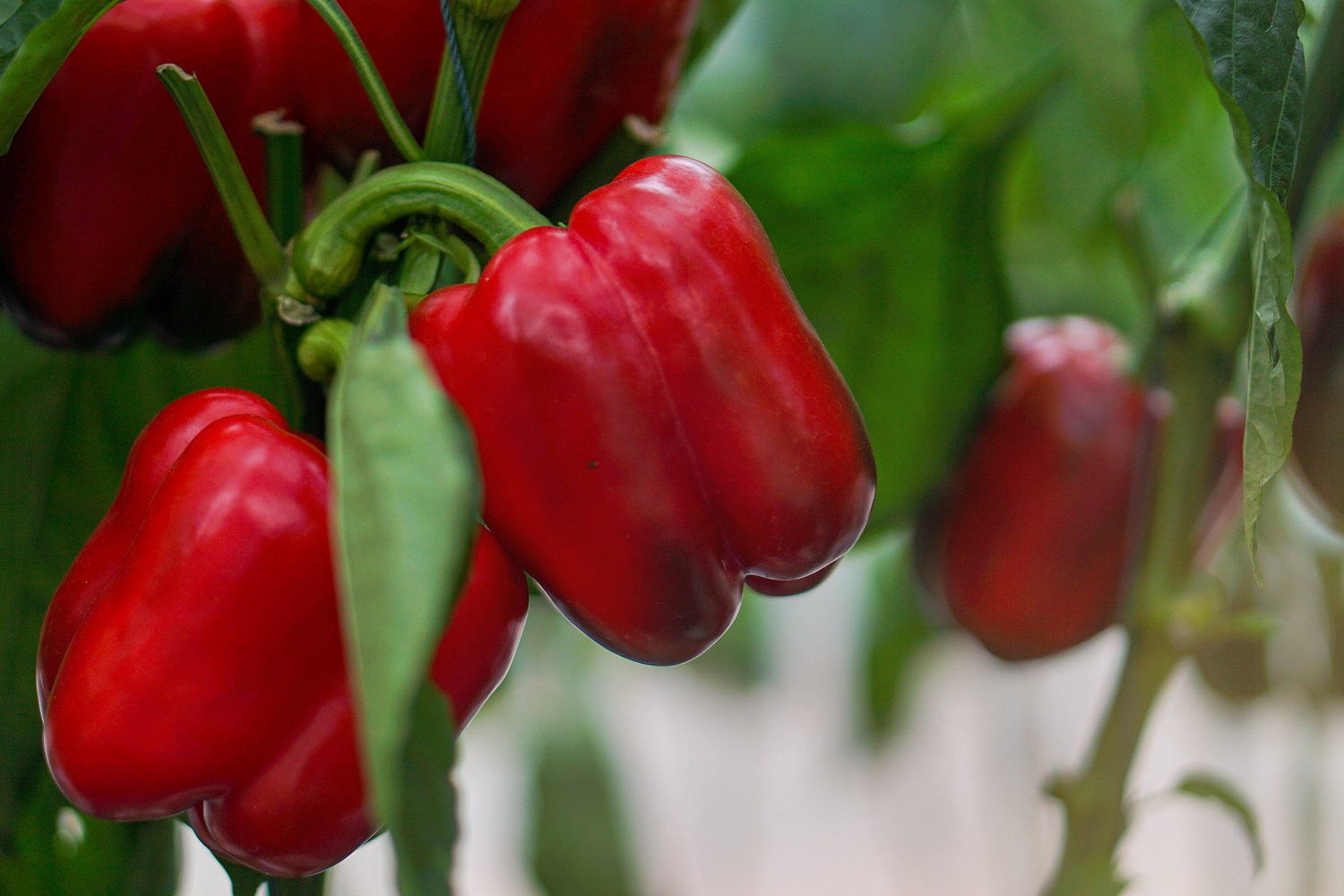Peppers are a diverse and rewarding crop to grow, with varieties ranging from sweet bell peppers to fiery chili peppers. The satisfaction of harvesting your own peppers at peak flavor is unmatched, and the variety of colors, shapes, and heat levels available makes it a fun and exciting endeavor. If you’re ready to start growing your own peppers, here’s a comprehensive guide to help you succeed from sowing to harvest.
Sowing Peppers
Peppers thrive in warm conditions, making them ideal for growing in climates with plenty of sunshine. However, for most regions, starting them indoors or under cover is essential to ensure strong growth. It’s best to sow pepper seeds in late winter or early spring, about two months before the last expected frost date.
To begin, use pots or seed trays filled with seed-starting mix. Space seeds about an inch (2.5 cm) apart and cover them lightly with more mix. If you’re growing hot peppers, it’s a good idea to wear gloves while handling the seeds, as the oils can irritate your skin and eyes. Water the seeds gently using a fine spray to avoid displacing them.

For optimal germination, place the pots on a heat mat or in a heated propagator set to around 70°F (21°C). Alternatively, you can cover pots with clear plastic bags and place them on a sunny windowsill. Once the seeds germinate and the seedlings appear, remove the covers and continue to grow them in a warm, bright spot.
As the seedlings grow, transplant them into individual pots when they’re large enough to handle. Always hold them by their leaves, not the fragile stems. If you have grow lights, they can provide extra light during the still-short days, helping the seedlings grow strong.
Planting Peppers
Peppers require full sun to thrive, so choose a planting site that gets at least six hours of direct sunlight each day. Before moving your plants outdoors, gradually acclimate them by placing them in a sheltered area for increasingly longer periods over two weeks. Make sure the risk of frost has passed before planting them outside.
Peppers can be planted directly into the ground, but ensure the soil is enriched with organic matter like compost. Space the plants at least 16 inches (40 cm) apart to give them room to grow. Alternatively, they can be grown in containers (at least 1.5 gallons/6 liters in size) with quality potting soil that contains added organic matter. When planting in containers, make sure the soil level is just below the rim to prevent water runoff.

In cooler climates, peppers may benefit from the protection of a greenhouse, hoop house, or sunroom, which can help them flower sooner. A sunny windowsill can also work if outdoor conditions are too harsh.
Growing Peppers
To support pepper plants as they grow, use stakes or canes and tie the main stem to them with twine. Larger plants may need multiple supports. Pinch off the growing tip when the plants reach about 8 inches (20 cm) to encourage a bushier growth habit, which leads to more branches, flowers, and fruits.

Once the plants start to flower, begin feeding them regularly with a liquid fertilizer high in potassium, such as tomato feed. Water your plants regularly, especially during dry spells, to prevent wilting, which can lead to problems like blossom end rot. In hot weather, daily watering may be necessary. For potted plants, placing a tray beneath the pot allows excess water to be reabsorbed through drainage holes.
Harvesting Peppers
Peppers are ready to harvest once they have reached their full color. Use a sharp, clean pair of pruners to cut the fruit from the plant, then store it in the refrigerator. Peppers freeze well and can also be dried for later use. Chili peppers can be dried and ground into chili flakes, which can be stored in airtight jars.
By following these steps, you’ll be well on your way to enjoying homegrown peppers that are full of flavor. Whether you prefer sweet or spicy varieties, growing your own peppers is a rewarding and educational experience.
